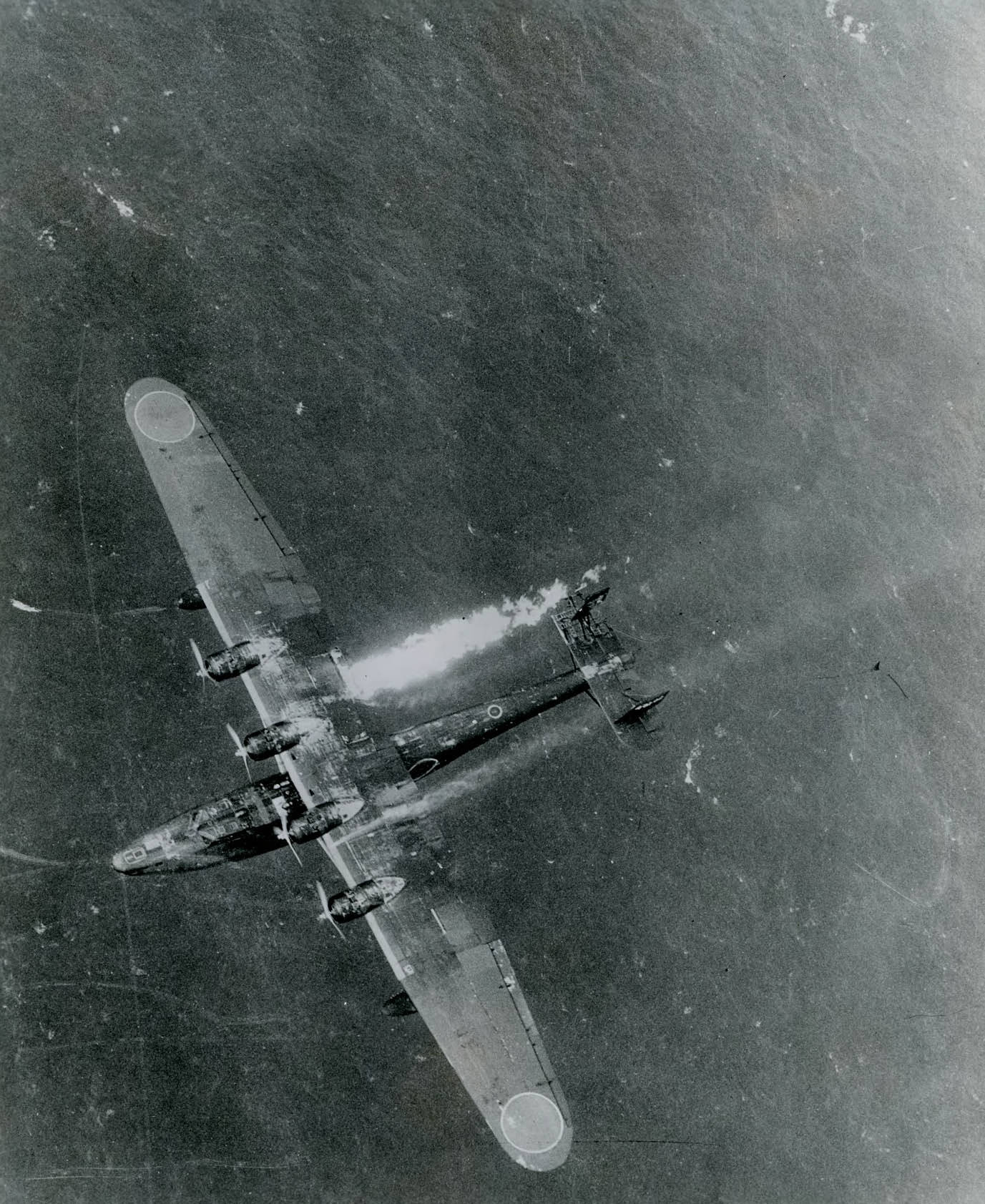Jazz was also popular in Nazi Germany. And until Japan did something stupid, it wasn't considered enemy music. Of course, it was wartime, so there's no doubt that it was considered undesirable music.
en.wikipedia.org/wiki/Negermu...

213 Followers
84 Following
I have created a website called The Naval Data Base https://hush.web.fc2.com. I am a 66-year-old pensioner living in Japan; I have lived in the blue sky since 18 November 2024. The Naval Data Base https://hush.web.fc2.com という艦艇の名前のサイトをやってます。
Statistics
Jazz was also popular in Nazi Germany. And until Japan did something stupid, it wasn't considered enemy music. Of course, it was wartime, so there's no doubt that it was considered undesirable music.
en.wikipedia.org/wiki/Negermu...

It was so wonderful that I used it. I will delete it if there are any problems. bsky.app/profile/hush...
After parting ways with Nakajima, Kawanishi established Kawanishi Engineering Works in 1920 and began designing aircraft with engineers he had recruited from Nakajima. By the end of the year, he had completed his first aircraft, the K1.
#NavalHistory
Thanks
Japan Maritime Self-Defense Force -JMSDF- ShinMaywa US-2
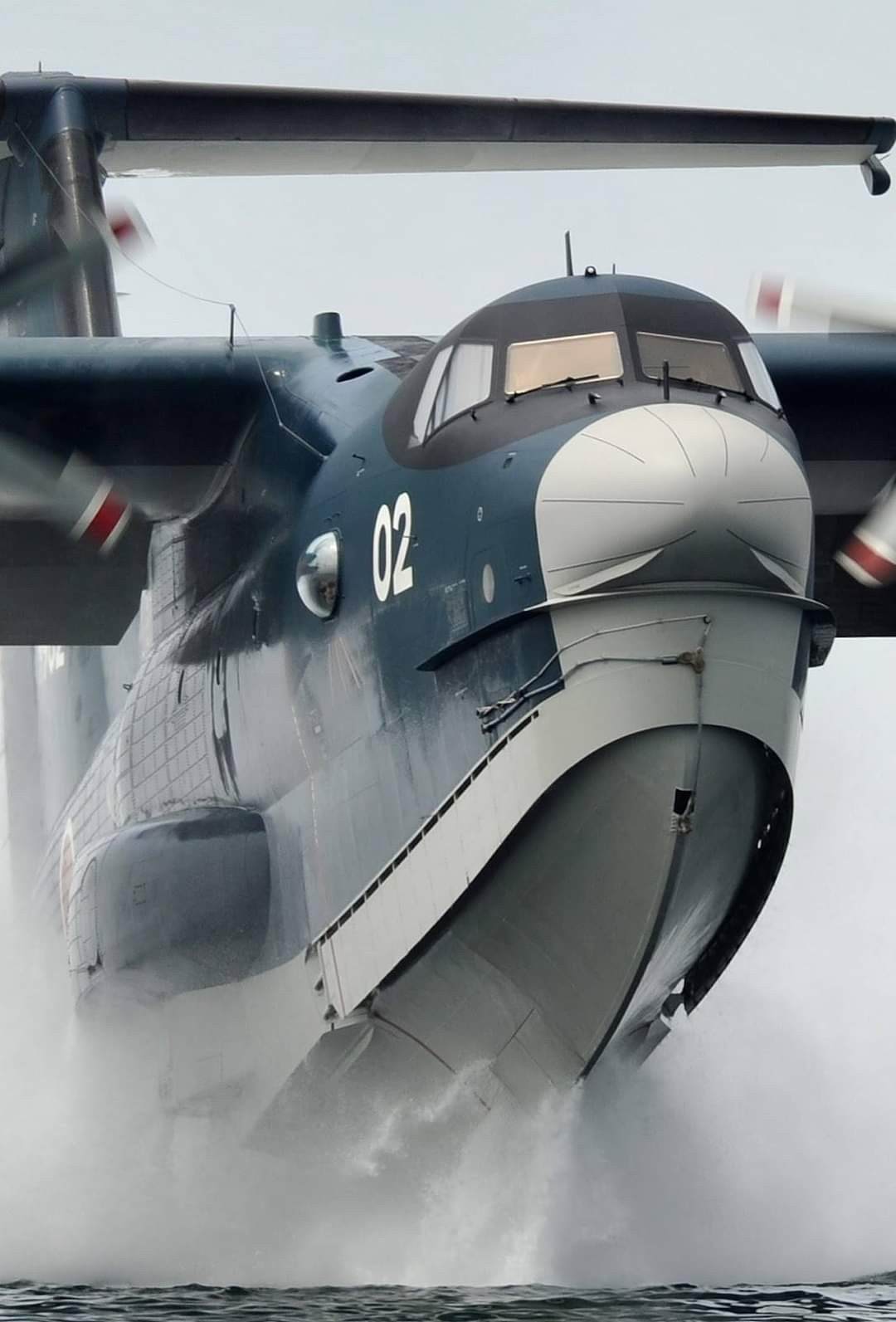
Shin Maywa Kogyou developed the PS1 anti-submarine patrol aircraft in 1967, followed by the US1 and US2 rescue seaplanes. However, in the company's product catalogue www.shinmaywa.co.jp/english/ , the aircraft division is listed last.
en.wikipedia.org/wiki/Shin_Me...
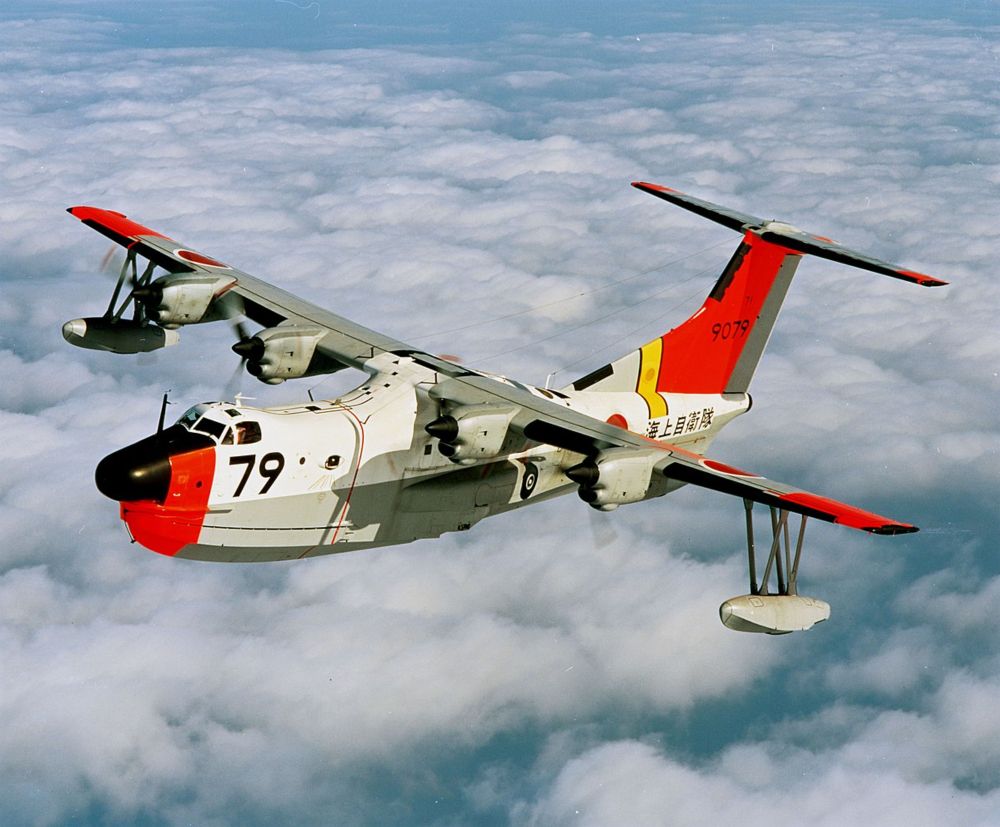
After the war, the company was renamed Maywa Kogyou, but in 1949, its struggling automobile division was spun off as Maywa Automobile Industries (renamed Asahi Industries in 1956 and merged into Daihatsu in 1970, ceasing to exist), while the general machinery division became Shin Maywa Industries.
The Type 2 Flying Boat was known for its long range and heavy armament, while the Kyoufuu evolved into the Shiden (Purple Lightning) by removing its floats, and further into the low-wing Shidenn-kai (Purple Lightning Kai), becoming the successor to the Zero-sen (Zero Fighter).
Kawanishi N1K Kyōfũ (Strong Wind) floatplane, which entered service in late 1943. Rendered largely unnecessary by the rapid Allied advance in the Pacific, Kawanishi quickly developed a landplane variant. The N1K1-J proved to have excellent performance and was soon in production. 📷 aviastar.org 🧵2/5
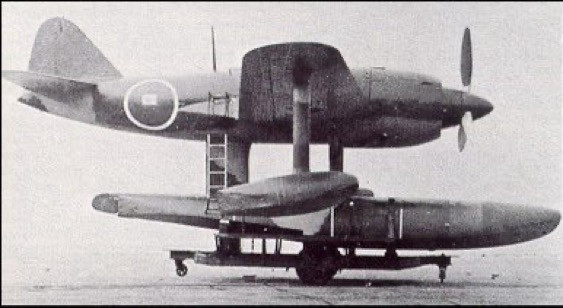
The Kawanishi H8K flying boat was an Imperial Japanese Navy Air Service flying boat of World War Two www.destinationsjourney.com/historical-m... #Aviation #KawanishiH8K #FlyingBoat #aeroplane #airplane #IJNAS #WW2 #JapaneseFlyingBoat
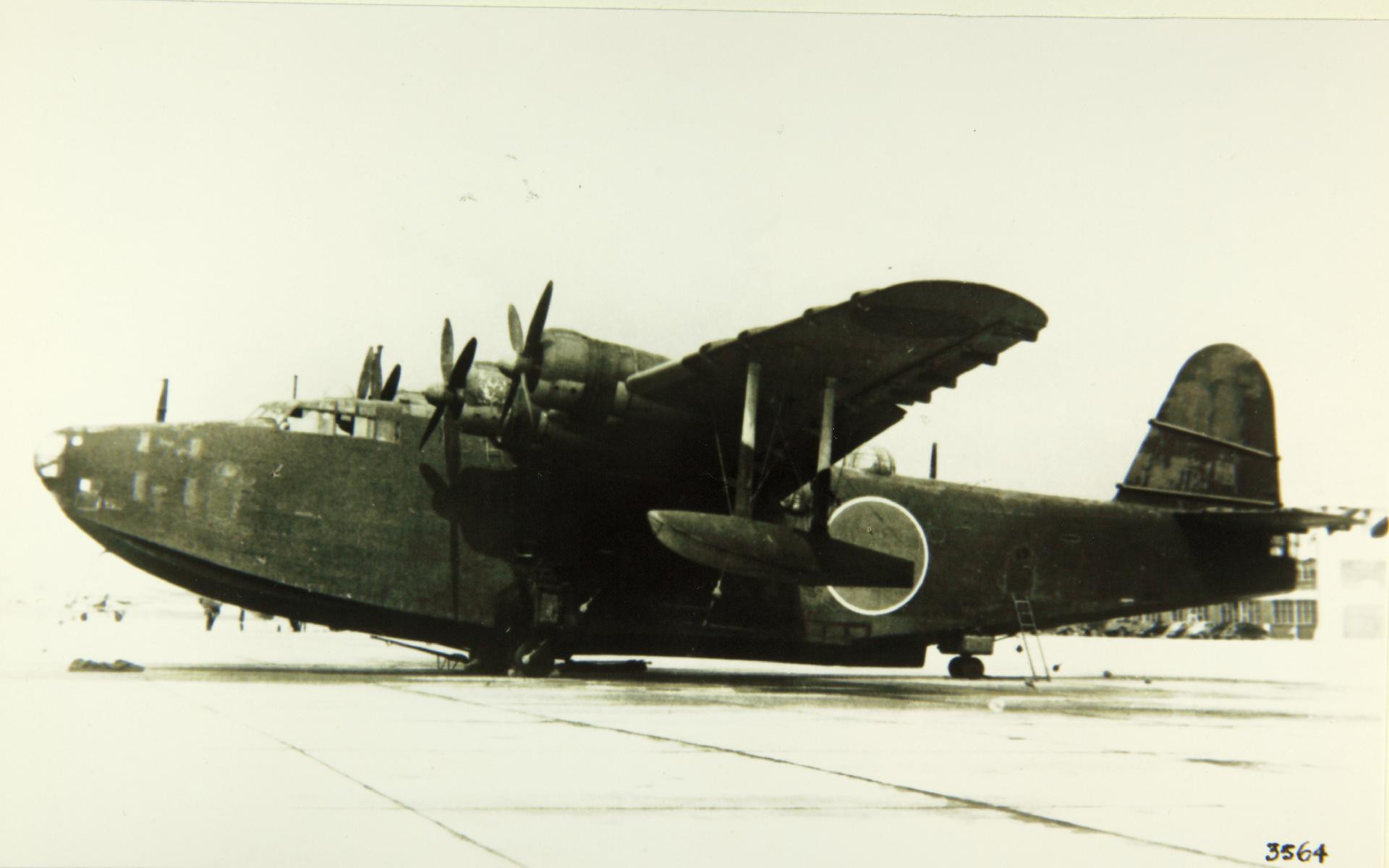
Kawanishi Aircraft, which became a designated factory of the Navy in 1938, flew the Type 2 Large Flying Boat (H8K) in 1941 and the Kyoufuu (Strong Wind N1K1) seaplane fighter in 1942. bsky.app/profile/jami...
A Japanese Kawanishi H8K in flight in July 1944. Seconds later it was shot down by a U.S. Navy PB4Y-1 Liberator of Bombing Squadron 115 (VB-115) from which the photo was taken. Well armed and long-ranged, the ‘Emily’ was an excellent aircraft. 📷 U.S. Navy National Museum of Naval Aviation 🧵2/4
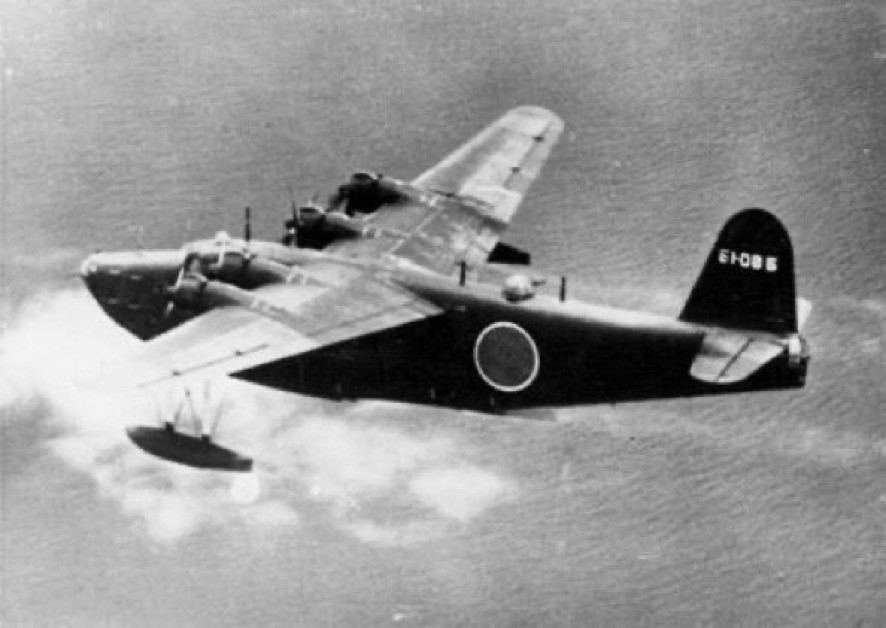
Kawanishi H6K ‘Mavis’ in flight. Though cumbersome and rather slow, the aircraft had an impressive endurance for long missions and could carry up to 1,000kg of bombs. They also had reasonably good defensive armament by the standards of 1942. 📷 pacificeagles.net 🧵2/4
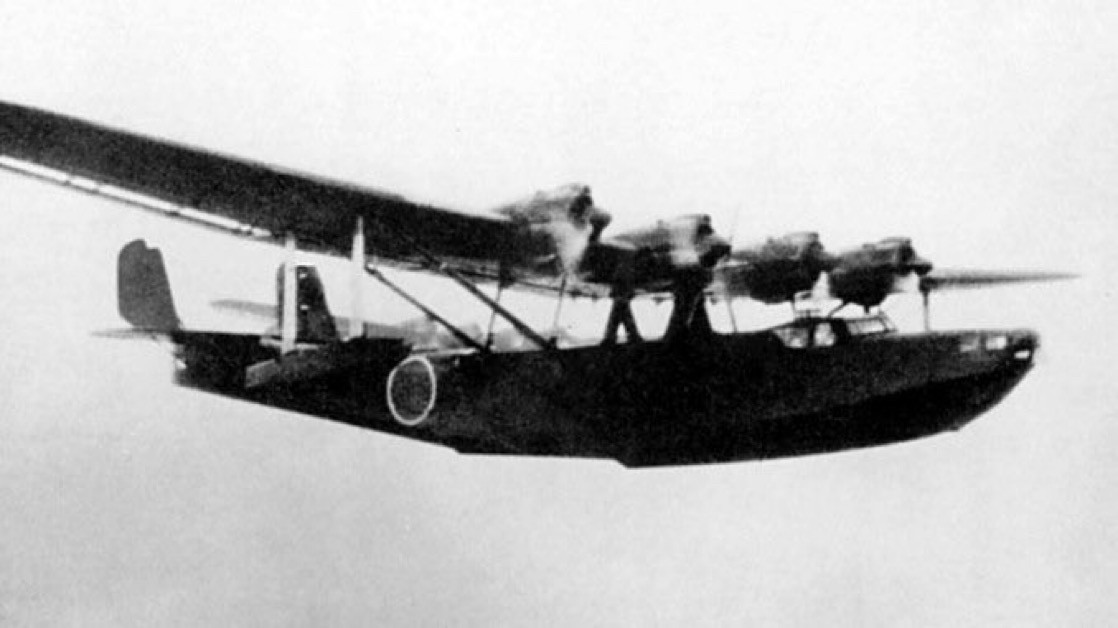
In 1928, the aircraft division became independent as Kawanishi Aircraft Co., Ltd. and began manufacturing flying boats with the cooperation of the British company Short Brothers. In 1936, it successfully flew the domestically produced Type 97 Large Flying Boat (H6K).
Japanese H6K aflame after being attacked by Allied aircraft, circa 1940s
